A lot of job titles on a film set come from other industries or traditions, and Gaffer is one of them. The Gaffer is an indispensable part of any production but what is a Gaffer? In this post we’re going to break it all down for you. We’ll talk about where the name comes from, what a Gaffer actually does on set, and how you can take on the role yourself.
What's a Gaffer
Gaffer job description explained
A Gaffer’s actual responsibilities on a film set vary according to the project’s size and budget. But whether you're creating a production budget for blockbuster or micro-indie, the Gaffer is the head of the lighting department and makes the Director of Photography’s (DP) desired look for the film happen.
Put another way, the Gaffer works directly under the DP and executes his or her vision. This means that they have to not only be intimately familiar with all the gear, including lighting kits, but also be an excellent manager of both time and personnel. We'll get into the nuts and bolts of the film Gaffer job description after this quick Gaffer definition. For a complete guide to the major roles in film production, check out our ultimate guide to film crew positions.
GAFFER DEFINITION
What is a Gaffer?
A Gaffer is responsible for running the Grip/Electric crew and overseeing all the lighting equipment. Also known as the Chief Lighting Technician, the Gaffer works directly with the cinematographer to provide the lights and electricity needed for a given set-up.
CHIEF LIGHTING TECHNICIAN DUTIES:
- Has excellent working knowledge of all lighting equipment and gear.
- Scouts locations for both creative and practical lighting needs.
- Oversees the budget for lighting and electrical considerations and obtains needed equipment.
- Responsible for getting electricity to all departments that require it.
- Responsible for set and personnel safety.
Define Gaffer
What is a Gaffer in film?
The job title "Gaffer" comes from a couple different meanings in British English. In olden times, even before gas lamps, a gaffer had the job of physically lighting or extinguishing the street lamps each night. To do this, he used a long pole called a gaff that could reach all the way up to the lamp wicks. Hence, he was called a gaffer.
“Gaffer” is also a slang word for “old man” (probably derived from “grandfather”) in British English. So, “gaffer” was how a team of laborers referred to the most experienced member of their crew, who was usually also much older than everyone else. Being the oldest and most experienced pretty much automatically made him the crew’s foreman.
Those two Gaffer definitions, “boss” combined with the “guy who lights lamps with a long stick,” is where we get the meaning of Gaffer that we use in film: Chief Lighting Technician.
Studio Lighting Grid
Related Posts
What Does a Gaffer Do?
What does a Gaffer do on a film set?
The Gaffer’s job starts during the Pre-Production process. Like the other department heads, the Gaffer starts by reading the script.
The Gaffer, along with the DP, focuses on the actions, mood, and tone of each scene and comes up with a look for the overall film. The Gaffer will then consider what sort of equipment would be required to create that look, and write up a budget.
As she goes through the script, the Gaffer first takes the info from each slugline (scene header) about the time of day, and whether the scene is indoors or outside. In this example from Joker, the scene takes place inside (INT.) an office during the morning. Already, certain lighting considerations are understood and a plan can be formulated.
Here's an exercise: follow the image link to read the entire Joker screenplay in StudioBinder's screenwriting software. Read the script as a Gaffer — what lighting set-ups and locations would you need to plan for? Remember, the Gaffer job description above? Gaffer duties start during Pre-Production, before stepping on set for Day One.
Sluglines have important info for lighting
With certain styles of lighting, like Rembrandt lighting or chiaroscuro lighting, it's important to anticipate the lighting requirements. She’ll also be looking at things like what sort of light sources might be on camera in each scene. For example, if a character turns on a lamp, the Gaffer is the one who makes sure that lamp has power.
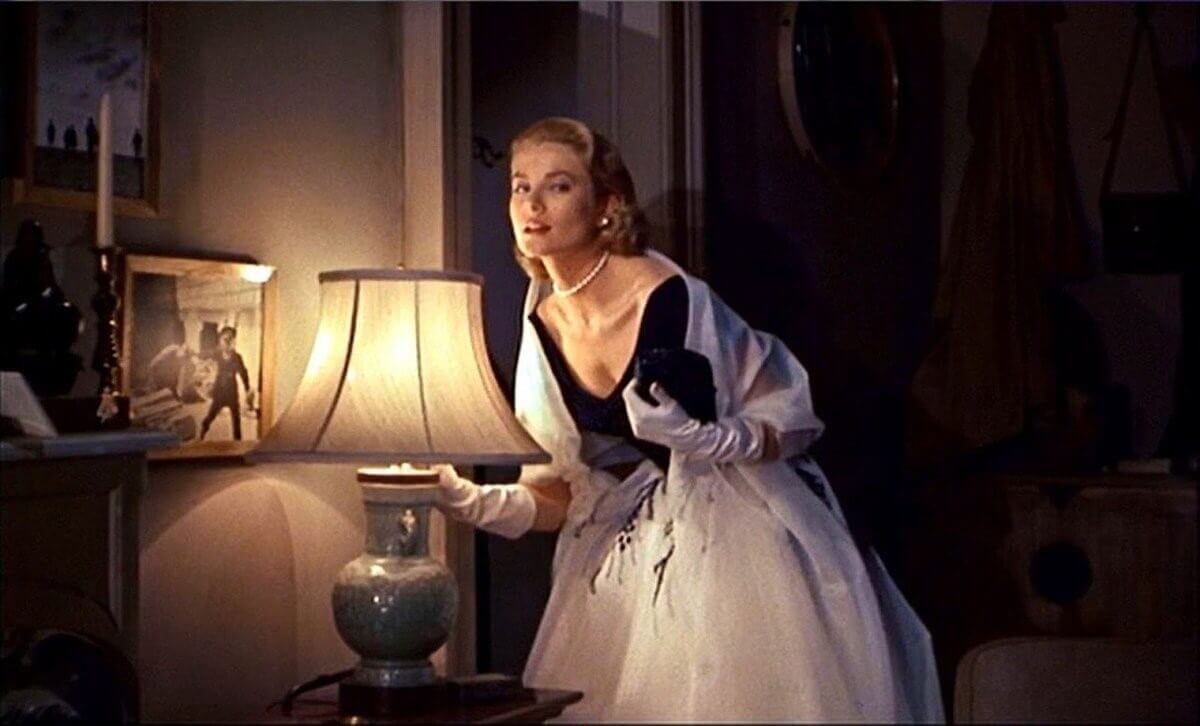
Practical lights need power too
Well, not necessarily the Gaffer, but their department, known on set as Grip/Electric (G/E). Let’s take a closer look at the individuals who make up the G/E crew.
Grip and Gaffer
Inside the Gaffer department
The Gaffer’s assistant is the Best Boy. And if you still need to ask this, yes, the Best Boy can be a woman. And, no, a female Best Boy isn’t called “best girl.”
The Best Boy does the hands-on running of the G/E crew. They go over the day’s shooting schedule and shot list, and lead the rest of the crew in various tasks in preparation for lighting each scene.
But the major part of the Best Boy’s job is electrical distribution (aka “distro”). Companies that cover film production insurance will typically require that someone on the lighting crew be a certified electrician. That person is the Gaffer or the Best Boy.
Distro box
The Best Boy needs to make sure that whatever gear is being used for the day has power. They also need to monitor the amount of amperage being used to make sure there is no overload anywhere.
On a large set, the Best Boy spends a large part of the day running between distro units, including generators to make sure they’re functioning safely. Here you can see just how massive the need for electricity on a large budget production can be.
Best Boys have all the power
Grips are the folks who move things around and do most of the grunt work. G/E grips are specifically responsible for handling lighting instruments and cables, and setting up the lighting gear as instructed by the Best Boy or Gaffer.
Related Posts
Gaffer Job Tools
Know the tools of the job
The most useful tool in a Gaffer’s kit is knowledge gained from experience. But Gaffers also use a lot of actual tools to do their job, most of which can be found in the Grip Truck.
The grip truck brings all the gear
The Grip Truck is part of the gear rental package for all the lighting equipment the Gaffer and/or DP put together for the entire shoot. Some grip trucks can function as a generator (“jenny”) for the shoot as well. In the indie and low-budget world, Gaffers are often hired because they have their own lighting packages, or even an entire grip truck.
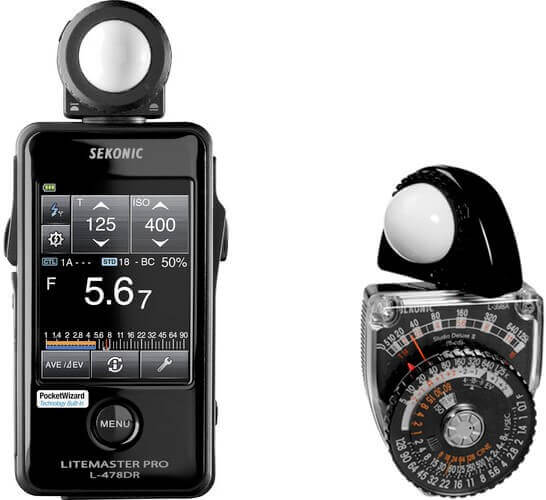
Light meters
The Gaffer might use a light meter to help focus the lights or confirm the light readings the DP wants once the lighting is set. You’ll often hear a light meter, no matter who makes it, referred to as “a Sekonic” because it’s the most common brand.
What’s on your tool belt?
Gaffers, along with all the G/E crew, also have a standard set of tools in their tool belts:
- A set of leather gloves — lighting instruments get super hot quickly and leather protects your hands better than other materials.
- A multitool (i.e. Leatherman) — it has a knife for cutting, pliers for gripping, and a screwdriver for tightening or loosening.
- A small flashlight — to see in dark places or to simply point at something from across the set.
- A roll of black Gaffer tape.
- Cube taps — makes a single plug socket into three.
- Clamps and C-47s
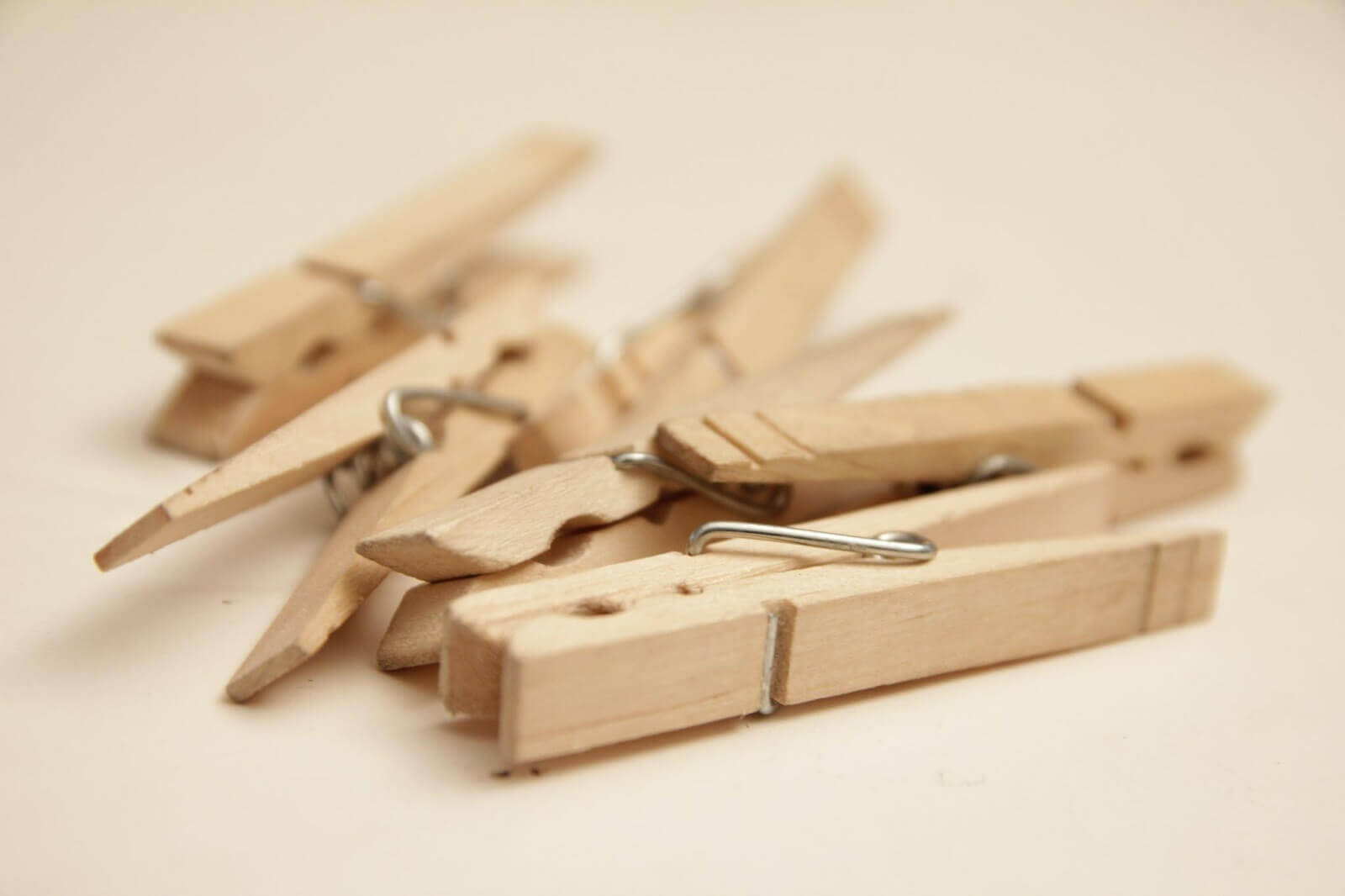
C-47s. Yes, really.
What are C-47s you ask? You know them as “clothes pins.”
Nobody is really sure why we call them C-47s (or sometimes “bullets”). But legend has it that some DP or Gaffer back in the Studio Era started listing them that way in the budget because the accounting department wouldn’t approve the purchase of “clothes pins” that weren’t being used by Wardrobe.
Practical Experience
Become a gaffer
This is one of those jobs on set where you really do have to start at the bottom and work up to it. Remember our Gaffer definition? There’s a LOT you’ll need to learn, starting with all the different lighting gear.
Every gaffer starts at the bottom
You’ll need to get to the point where you already know in your head what instruments will create the look the DP wants. But you’ll also need to know things like average rental rates and generator outputs, plus general managerial skills.
There are plenty of film schools where you can get a pretty solid foundation for understanding how to calculate power distribution correctly. And you’ll get the chance to use some of the most common lighting gear before you get onto a real world, professional set.
But it still takes years of practical experience to keep everyone on set safe. The best way to gain that experience, with or without film school, is to work as a Grip Electric for as many shoots as you can. Ask questions, make mental notes, and above all listen and learn.
Related Posts
UP NEXT
Ultimate Guide to Film Terms
Maybe the Gaffer job description sounds like something you'd be interested in. If you want to land that first Gaffer job, you better brush up on your film terms. When you need to update your film terminology, this resource will be your best friend. We’ve included as many film terms as humanly possible all on one page, so let’s get into it.
Up Next: Glossary of Film Terms →
Showcase your vision with elegant shot lists and storyboards.
Create robust and customizable shot lists. Upload images to make storyboards and slideshows.
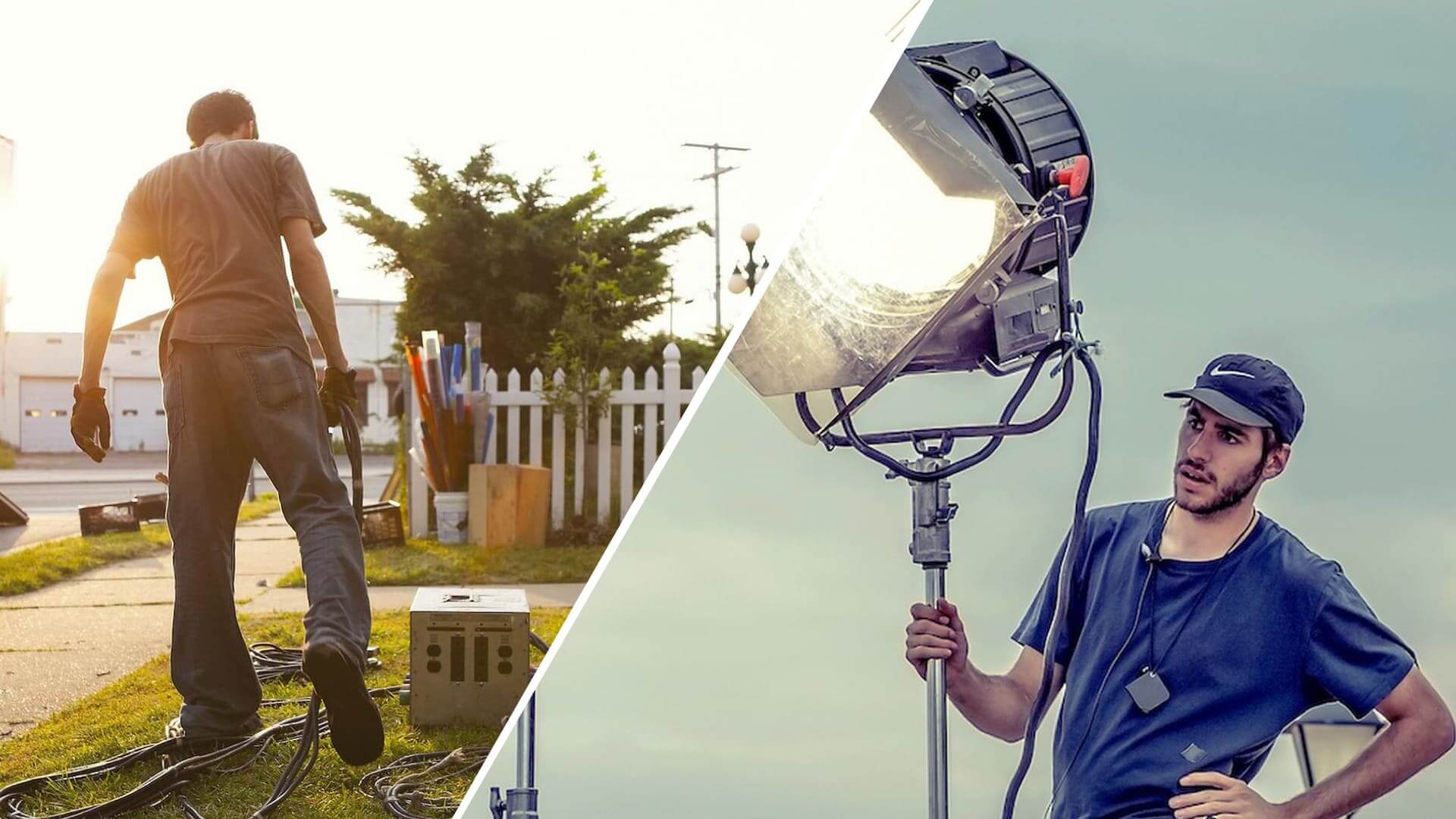
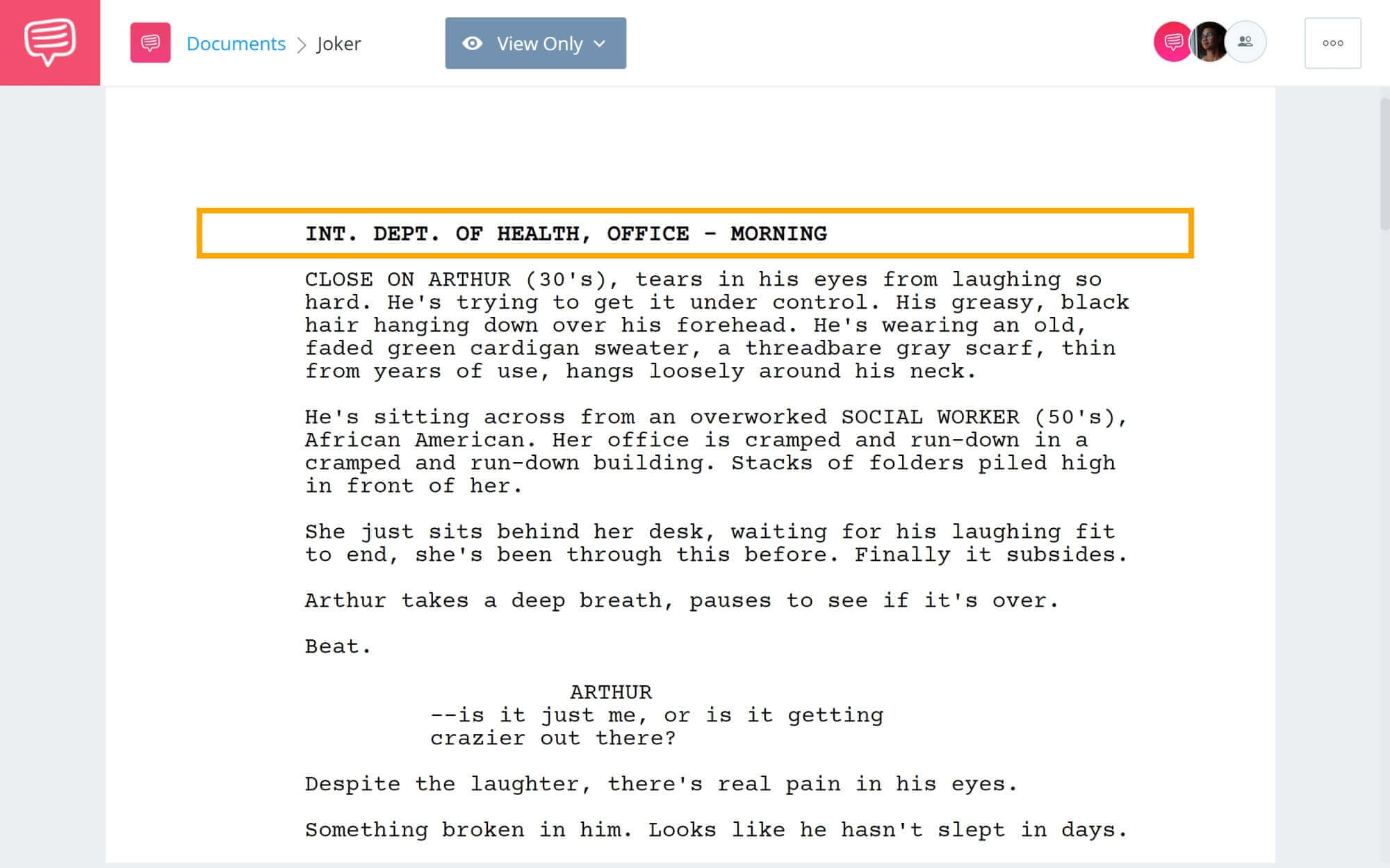
Here’s the most simplistic explanation imaginable. The gaffer lights the scene, the grip shapes that light.
Nice one. I have experience on film set here in Nigeria, but I won’t to know more. I have more than 10 years experience here in Nigeria in film industry. As an assistant gaffer I have more then 4 years experience. Pls help me I need to improve my game. Thanks.
Thanks for More teachings